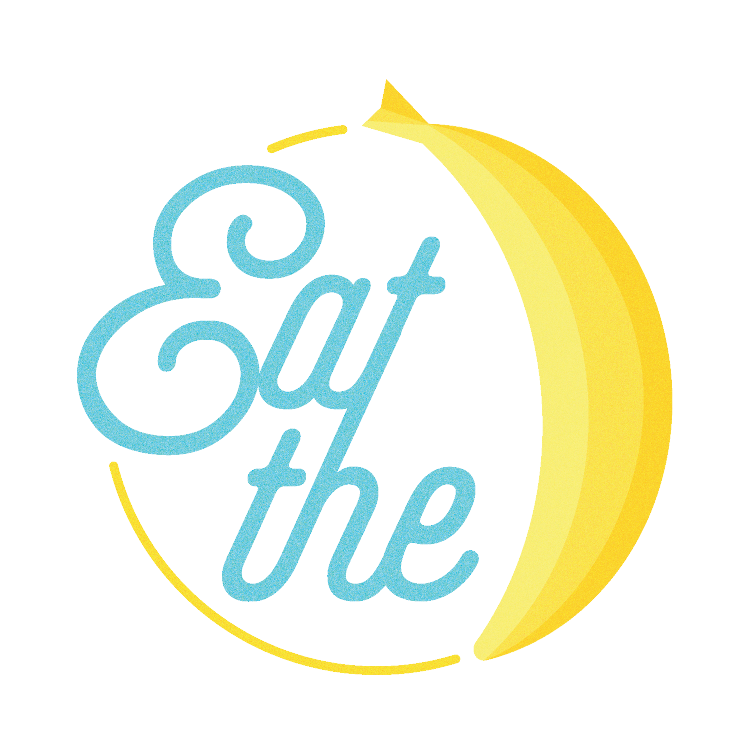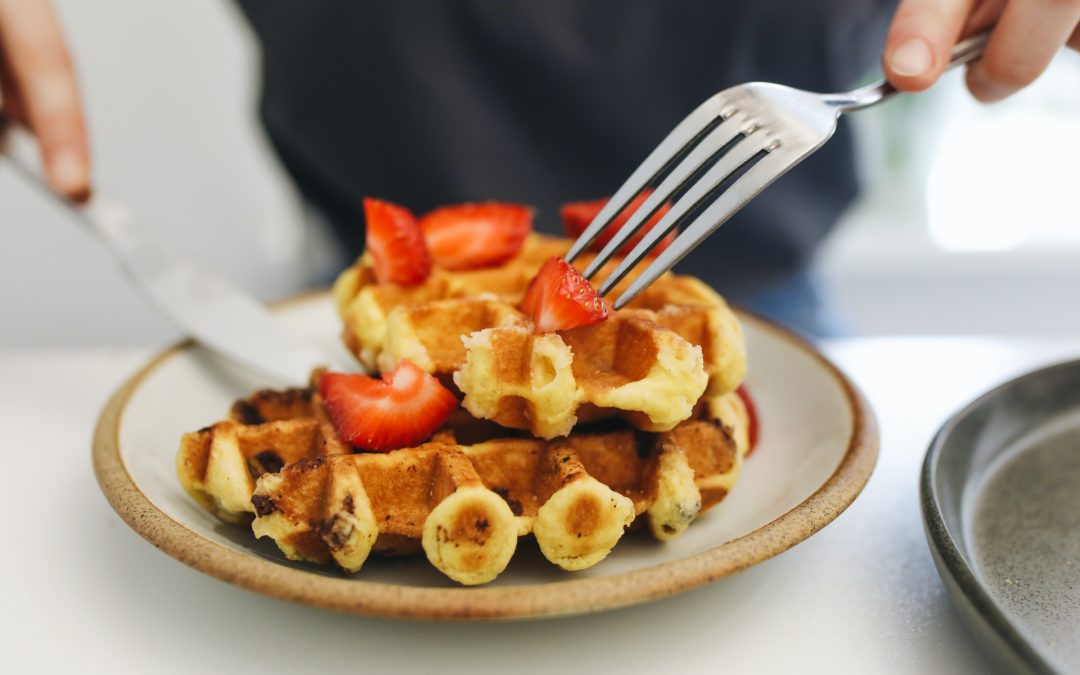Now that you have started to work on Challenging the Food Police you can begin to re-discover what it feels like to be full. I have referenced this many times, but as kids we are born knowing when to stop eating. Our bodies naturally tell us when we are full. I remember working through this principle very vividly. This was probably the most free I felt during my Intuitive Eating process. I remember going out to eat with my husband and trying to intentionally feel my fullness. When I started slowing down and really tuning into feeling full, I felt so empowered. I had forgotten to listen to fullness and had always let food rules and diets tell me when I was full. The first time I let myself notice my fullness and pack up the rest of my meal to enjoy again later, I knew that I was on the right track. Enter, Intuitive Eating principle number five: Feel Your Fullness:
Listen for the body signals that tell you that you ar eno longer hunger. Observe the signs that show that you’re comfortably full. Pause in the middle of eating and ask yourself how the food taste and what your current fullness level is.
The problem is that we don’t listen. We deprive ourselves and then binge because we have told ourselves we can’t have certain things so when we have these foods we eat too much and way past the point of fullness. Or, we think we have to clean our plate, maybe a lesson we learned as a child, so we just eat until it is all gone. The beauty of stopping mid-way is that if you decide you want a few more bites you eat them and move forward. You get to decide. Nobody else gets to tell you when you are full. You are the boss of your body!
Barriers to Experiencing Fullness
- we are distracted (technology, work, children, etc.)
- we were trained to eat until our plate was clean
- our macros or diet tell us we need to eat everything we have planned for that meal
- we eat too quickly
Leptin – The Fullness Hormone
This hormone tells you when you are full and satisfied. It acts as our “fat meter”. For instance, when fat cells increase in size in a healthy person, they produce more leptin, signaling our hypothalamus to do what it needs to do to slow down eating, increase activity and metabolism, and return the fat cells to their previous size. This helps us to maintain our set-point.
When we diet this will mess with our leptin production. Leptin production slows down when we shrink our fat stores beyond our natural weight set-point. This, in turn, increases our appetite and slows our metabolism and we gain the weight back. Biology.
Ways to Begin to Feel Your Fullness
Think about the Characteristics of Fullness
There are many different ways to experience fullness. Make a list of the ways you experience fullness. Some examples include, stomach feeling full, less thoughts of food, pleasant or good mood, relaxed feeling, and increased energy. Next time you eat pick one of these and try to stop mid-way and notice these feelings.
Create the Ideal Eating Environment
In our fast-paced society today we often eat while doing other things and do not sit down to fully focus on our meal. We shovel it in while doing work or watching TV and often find that we ate past our fullness point or don’t even remember eating and enjoying our meal. Make a list of some of the barriers that get in the way of you experiencing fullness. Examples include, TV, phone, computer, reading, social media, doing chores, taking care of kids, etc.
Once you have made the list consider how often you engage in any kind of distracted eating. Is it every meal? Is it only snacks? Only breakfast? You get the idea.
Now, create the optimal or ideal eating environment that will help you to avoid eating while distracted. Is there a place in your house or at your work that you can go to, to really focus on eating? Can you turn off your phone? Can you eat while sitting instead of standing? Those are some examples.
Discover the Staying Power of Foods
Some foods are just satisfying yet don’t keep you full for long. Others are satisfying AND keep you full for longer periods of time. It is helpful to explore these things. Not in a way that makes you create more food rules like, I can’t eat candy because it won’t keep me full. Candy is something that has value in our lives if we want it, but we all know it won’t keep us full or satisfied for instance.
Make a list of foods in these two categories:
FOODS THAT INCREASE FULLNESS: these foods contribute to the feeling of comfortable fullness. Examples are proteins, fats, carbohydrates, and fiber filled foods
FOODS WITH LITTLE STAYING POWER: these kinds of foods make you feel full temporarily but the fullness doesn’t last long because they are low calorie foods so they should be paired with things like protein for instance. Example would be a big salad with no meat, cheese, or dressing. Yes, the greens are great for you but alone they don’t do the job. Other examples are foods like rice cakes, cereal, or sugar free beverages that fill up your belly but offer very little energy.
In order to experience how different foods, make you feel and how they fill you up experiment over the next few days with different pairings of meals and snacks and track how long you stay full. For instance, an apple by itself may not keep you as full as an apple with nut butter. Or cereal with milk may not keep you as full as a bowl of oatmeal with nut butter and berries. This discovery will help you learn what keeps you full and what does not.
I would love to hear your wins on this one y’all. Like I said, this was the most freeing part of this process for me and it still blows my mind that I had lost sight of my fullness for so long! Next week we will discuss principle six and begin to explore how to discover the satisfaction factor. Join me on Instagram and Facebook in the meantime and have fun shooting those negative thoughts down one by one!


